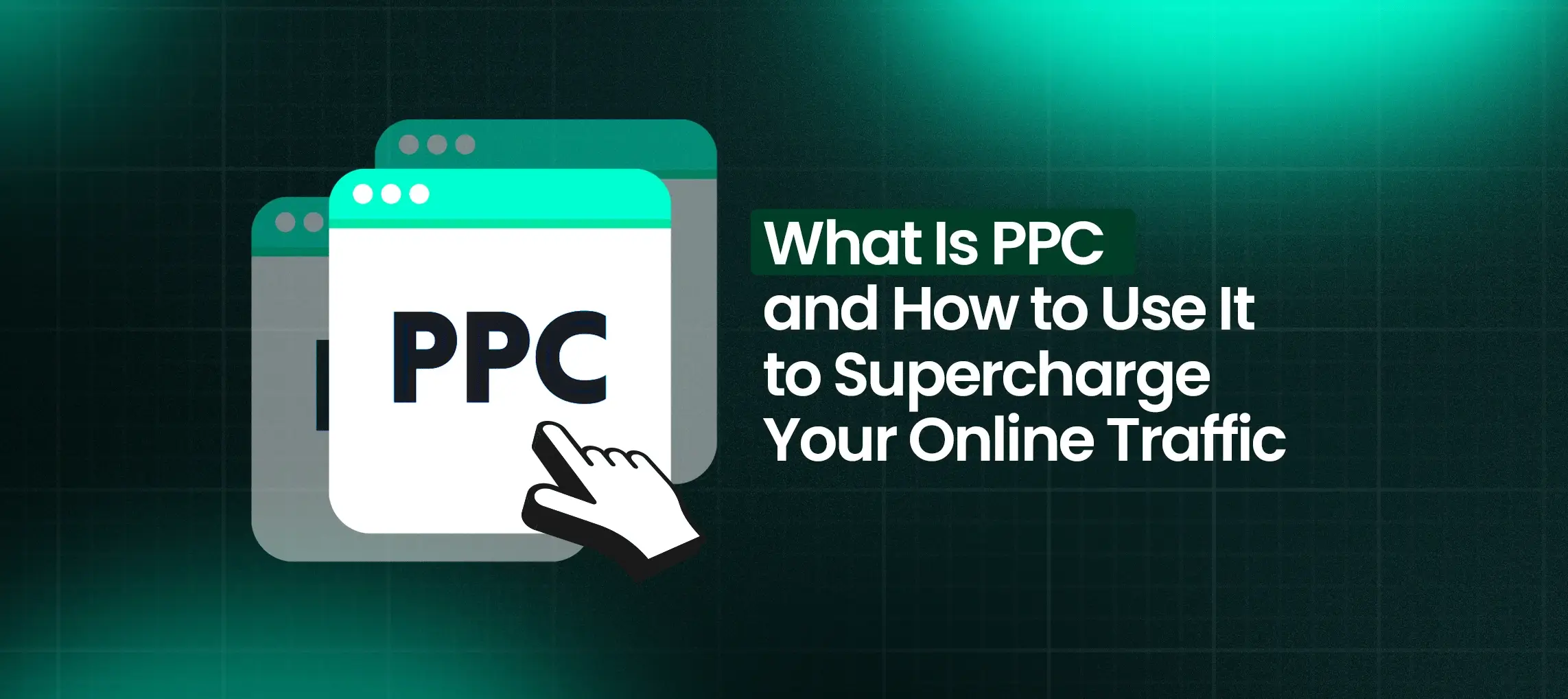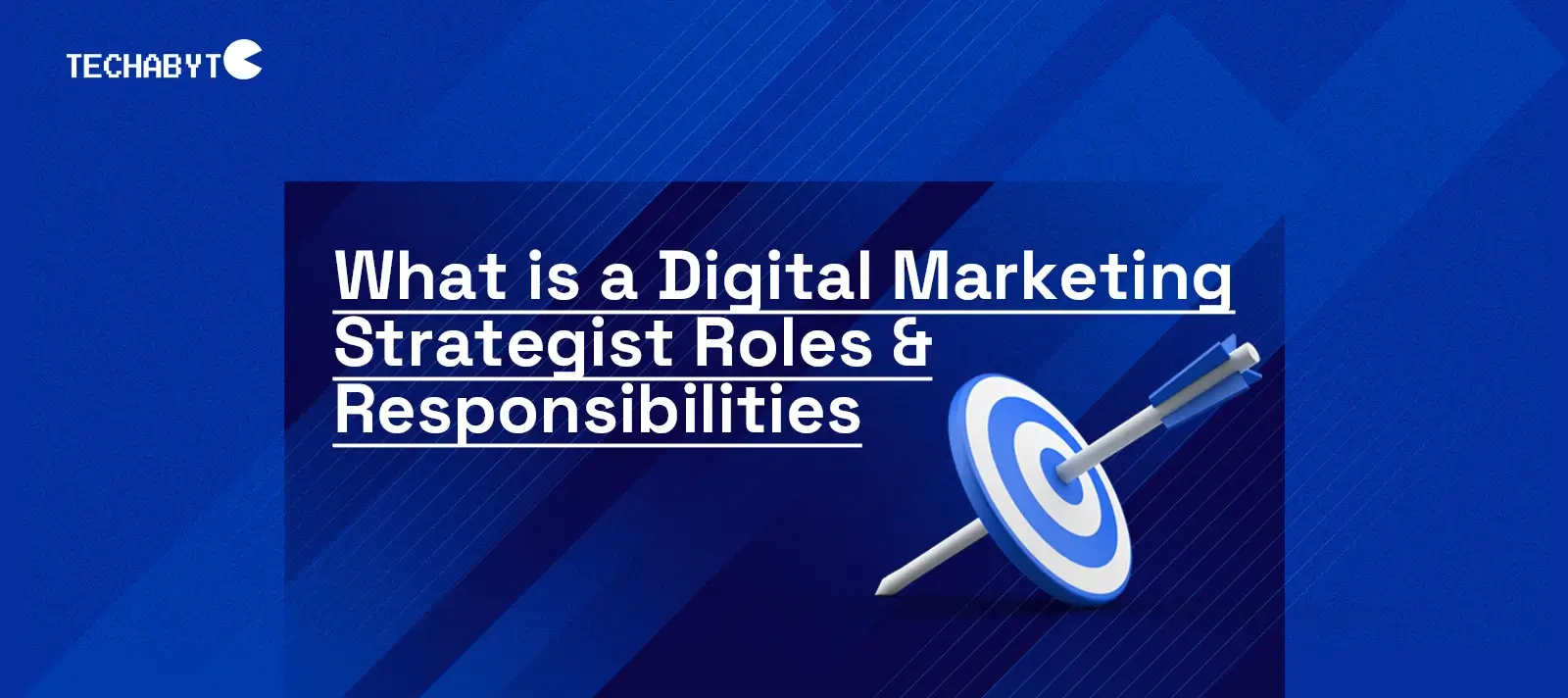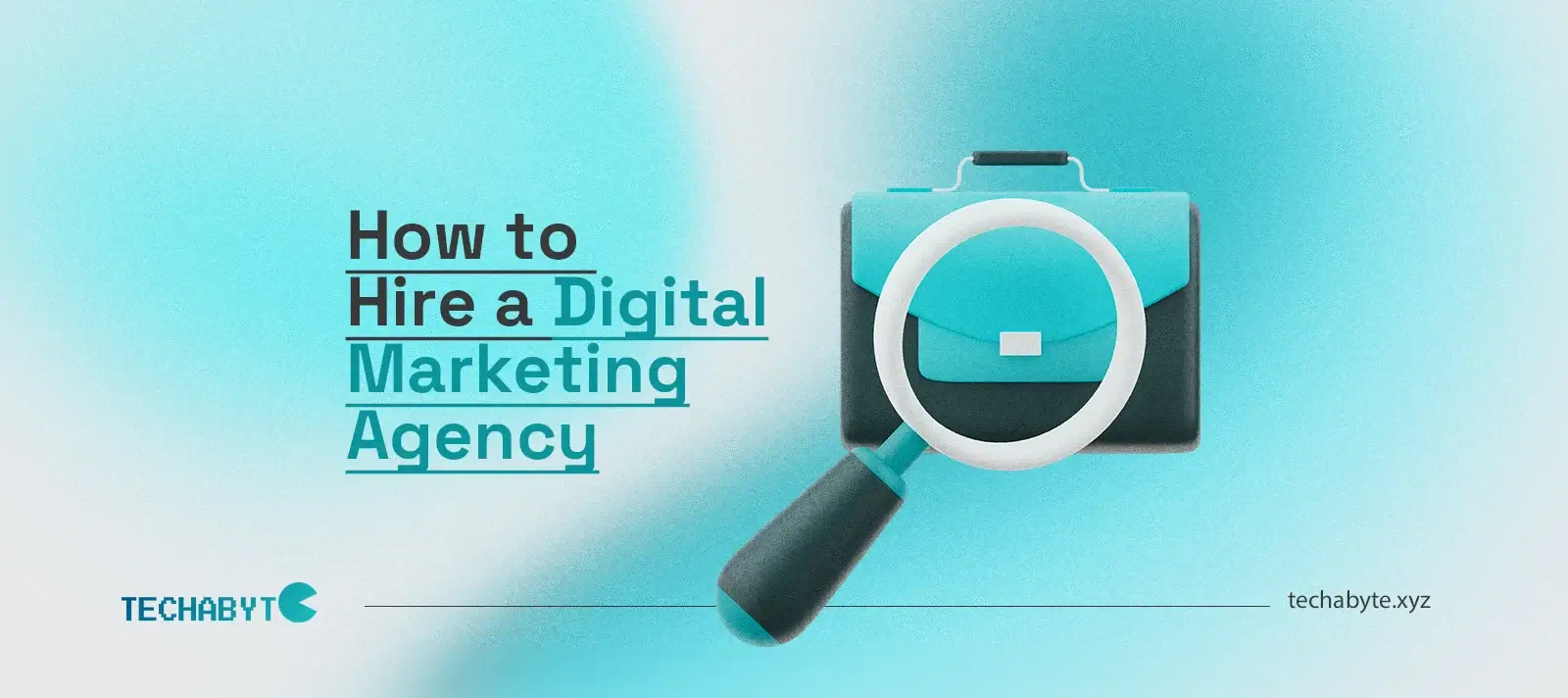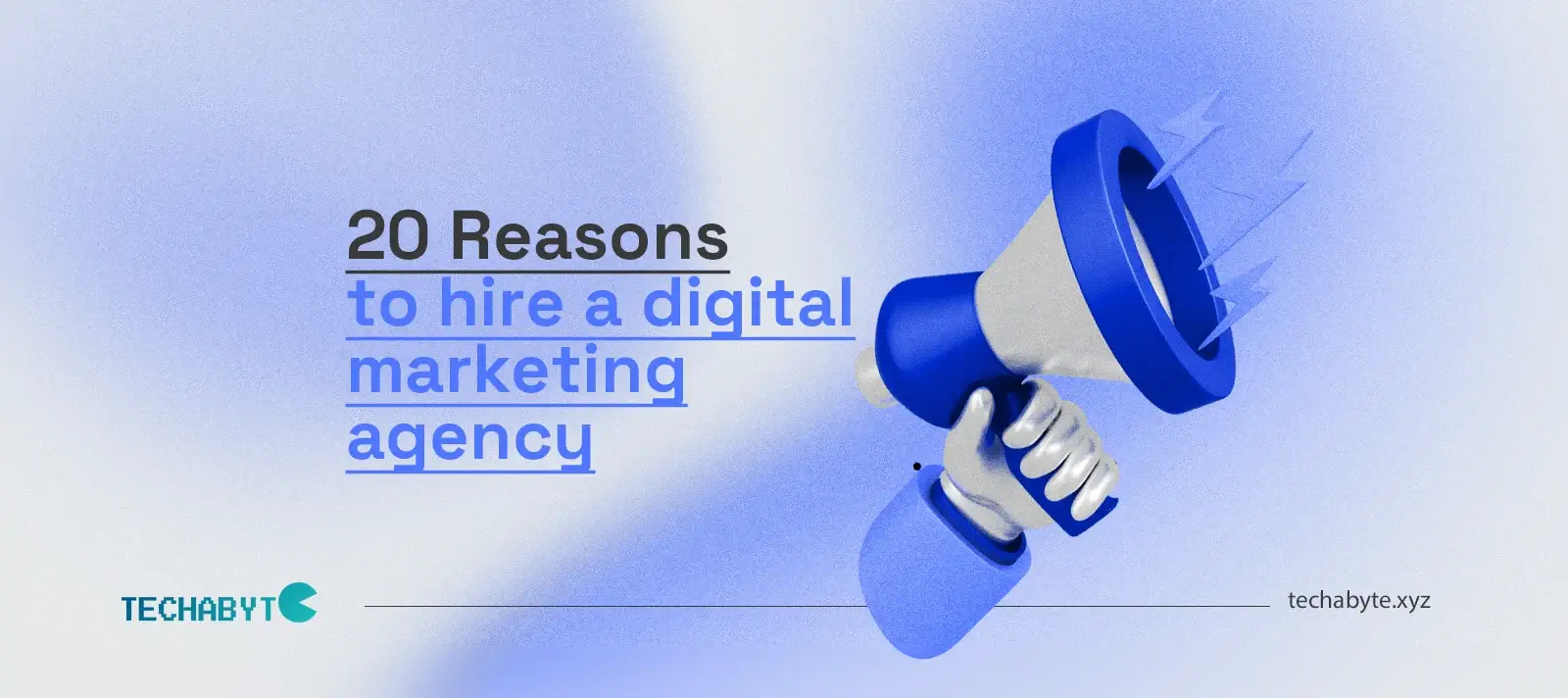In this fast-moving digital world, every business needs to drive online traffic to grow. One of the fastest, most flexible partners in achieving that goal is PPC Advertising. This blog acts as a pragmatic PPC guide, spelling out what PPC is, why it matters, and how you can put it into play strategically to grow your site’s traffic, leads, and sales. Let’s discuss avenues, strategies, best practices, challenges, and steps that have worked to create successful PPC campaigns that deliver.
Key Takeaways
- Pay-per-click falls under paid strategies in which businesses pay only when users click their ads. Hence, it is very cost-efficient.
- Setting well-defined PPC goals for the campaign and aligning those goals with measurable PPC KPIs makes an effective campaign.
- Every element from PPC keyword research to ad creative needs optimization to maximize results.
- Better conversions are realized by proper PPC campaign structure and data-driven targeting.
- Continuous PPC campaign optimization and reporting thereof creates a learning loop for long-term success.
Introduction
Today, businesses are continually looking for reliable ways to attract visitors and turn them into paying customers. Organic search, social media, and content marketing all play critical roles – but when you need fast, targeted, and measurable results, the PPC advertising is one of the most powerful things going. We will walk through what PPC is and how it works in this complete guide to PPC advertising so that you can put into play those exact strategies to supercharge your online traffic.
What Is Pay-Per-Click (PPC)?
Pay-Per-Click or PPC is a digital marketing setup that makes advertisers pay every time their ads are clicked. Instead of waiting for organic visits, businesses can purchase them right away. The most popular channels for PPC include search engines such as Google and Bing alongside Facebook, LinkedIn, and Instagram.
What is beautiful about PPC is that it works on real engagement. You pay for the clicks received on your ad and not for the number of impressions it garnered. For example, if your ad gets 1000 impressions and only 50 people click, you pay for 50 clicks and not for 1000 impressions. This makes PPC an affordable way of getting quality traffic when executed with proper targeting as well as optimization strategies.
Main PPC Channels — Where to Run Ads
PPC campaigns can be run in several places, and the best place to run them largely depends on your target audience and advertising objectives. Google and Bing search advertisements normally capture the intention of users who are already actively looking for a particular product or service. Other social websites, e.g., Facebook, Instagram, and TikTok, allow one to reach large audiences based on interest or behavior targeting. LinkedIn is a place where PPC ads are perfect for B2B marketing; YouTube Campaigns are about video engagement.
Every channel plays to its strength. If Google Search is Intent-Driven then Facebook Ads work best for Discovery and Awareness. When you blend different channels, this helps business setup a full-funnel PPC strategy.
Why Is PPC Important for Driving Online Traffic?
PPC produces immediate visibility. When the ad campaign goes live, the business gets instant opportunity at the top of search results or right in front of targeted users on social media. Windows launches a product as well as any time-sensitive promotion and high competition industry.
Also, PPC makes sure of exact targeting. Firms pick the age groups, places, words, and likes of people so their ads show to the right crowd at the best time. The watch and study parts as well give sellers full hold on how things are going, aiding them in making plans better all the time.
How to Use PPC to Supercharge Your Online Traffic
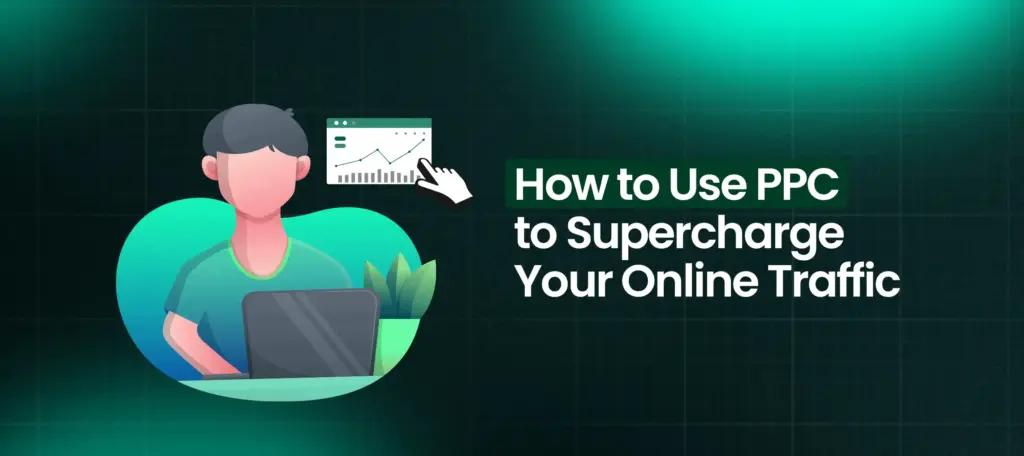
Now let’s break down the step-by-step process to leverage PPC effectively.
Define Clear Business Goals & KPIs:
Set specific PPC goals and measurable PPC KPIs at the start of every campaign. Objectives may be for lead generation, increasing website traffic, or enhancing e-commerce sales. Use KPIs such as cost per acquisition (CPA), return on ad spend (ROAS), and click-through rate (CTR) to determine if the campaign is moving in the right direction.
Audit Current Performance & Benchmark:
Conduct a detailed PPC audit checklist. Review your PPC account audit to see what worked, where money was wasted, and how it stacks up against the standard in the industry. Make sure you’re beginning from a strong foundation.
Build Audience & First-Party Data Strategy:
At the heart of PPC success is the correct audience targeting. It involves using PPC audience targeting strategies and remarketing audiences. Create past visitors to re-engage previous website visitors which maximizes conversions. Leverage first-party data from CRMs and email lists to get even more personal in your campaigns.
Set Budget & Bidding Approach:
A campaign without a strong PPC budget strategy will definitely burn money. Depending on what the goals are, advertisers can either use manual bidding or automated PPC bidding strategies. For example, smart bidding makes use of AI to optimize for conversions in real time.
Keyword & Targeting Strategy (Search + Social):
In search-based campaigns, comprehensive PPC keyword research ensures that your ads show up for the keywords being used by your customers. In social media campaigns, targeting focuses more on demographic, interest, and behavioral aspects. The use of both creates a balanced traffic funnel.
Campaign Structure & Naming Conventions:
A defined PPC campaign structure makes it easy to evaluate different ad sets and goals across them. Smart campaign naming strategy keeps accounts organized when working with several campaigns on multiple channels.
Create High-Quality Ads & Creative Variants:
Message, image. PPC ad copywriting drills down on persuasive headlines and calls-to-action, while ad creative best practices make certain that the visuals are engaging. Meanwhile, many marketers test AI ad creative these days so they can spin up new variants fast.
Build Conversion-Optimized Landing Pages:
The best ads will fall if the landing page support is weak. PPC ad optimization focuses on a fast loading time, clear calls-to actions, and relevance to the ad. Make sure that the landing page is mobile-friendly since most users are browsing on their smartphones.
Set Up Tracking & Analytics:
Accuracy is key in everything. With the use of PPC conversion tracking, a business can easily measure its ROI. GA4 PPC setup integration will show detailed insights about the user journey that will help fine-tune campaigns effectively.
Pre-Launch QA Checklist:
Before going live, check out your PPC campaign checklist. By running a PPC pre-launch checklist, you will be able to ensure that ad copy, targeting, budgets, and tracking have been set up correctly. Missing this step leads to wasted spend.
Launch & Initial Monitoring:
Beginning is just the launching. Use a pay-per-click campaign monitoring process to observe early performance. By following a pay-per-click launch checklist, ensure smooth running of everything during the critical first days.
Optimization Cadence (Weekly/Monthly/Quarterly):
Campaigns need regular adjustments. Optimizations that should be made for a PPC campaign include bid adjustments, creative refreshes, and targeting tweaks. A/B testing Pay Per Click ads is also possible to determine which ad variation performs better.
Scale with Automation & Experimentation:
New tools result in growth. Among these new tools are the ability to use automation on your PPC campaigns and smart bidding. Machine learning delivers optimizations at scale. New channels. New audiences. New formats of ads. Always growing.
Measure Incrementality & Attribution:
No conversions are equal. Use PPC attribution models to find out which ads contribute how much to sales. Advanced techniques such as data-driven attribution will provide insights more accurately compared with last-click models.
Privacy & Compliance (Cookieless Readiness):
As digital privacy changes, having a plan for cookieless PPC is key. Using a privacy-first ad method keeps you in line with data rules and helps keep the targeting sharp.
Reporting & Stakeholder Communication:
Clear talk builds trust. A PPC report board makes it easy to see campaign results, while a PPC result note keeps all in the loop with useful insights.
Continuous Learning Loop:
Digital marketing never stops changing. By sticking to the top PPC steps and writing down what is learned from each PPC drive, a loop of betterment is made, helping your drives get stronger with time.
Challenges and Solutions
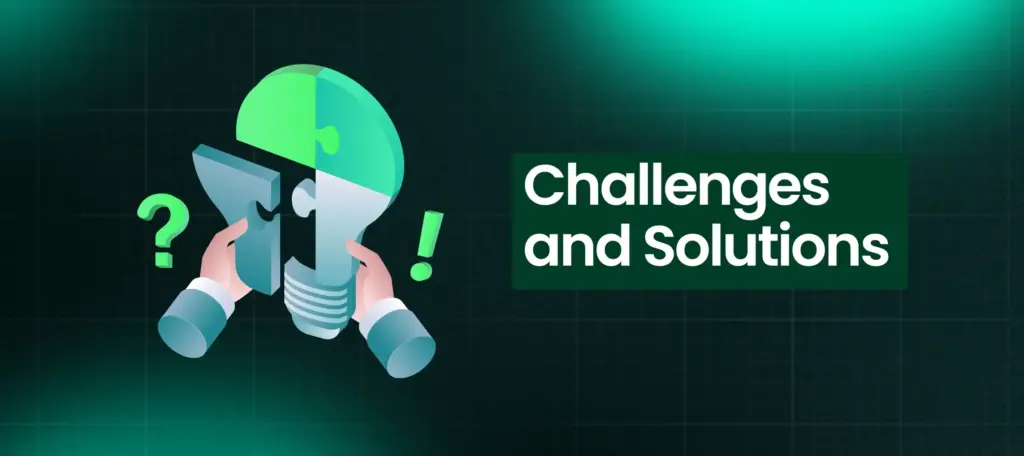
PPC isn’t without its fair share of challenges. Among the most common ‘rising costs’ ad fatigue, poor targeting, and attribution complexity. The solution lies in continuous optimization, audience segmentation, and creative testing. A rise in costs could be offset by refining the bidding strategy; falling CTRs would require ad creatives to be refreshed. Regular audits and the embracement of automation can slash wasted spend while improving ROI.
At Techabyte Solutions, we address these PPC challenges with its digital marketing services customized for you by smart bidding, and advanced audience targeting added by creative ad designs integrated with data-driven automation, ensuring cost-efficiency for high CTRs leading to maximum ROI.
FAQ:
1. How does PPC differ from SEO?
PPC and SEO are indeed advertisements that drive traffic but operate in a different manner. With PPC advertising, it is possible to be charged per click to get instant visibility at the top of search results or social feeds. Unlike SEO, this is not a natural ranking-organic optimization does not cost anything; this simply ranks naturally, which in general takes much longer, but the results get continued investment returns over time.
2. How much does PPC cost for businesses in Bangladesh and globally?
PPC varies by platform, competition, and industry. In Bangladesh, a business can operate with just $200 to $500 per month. In the global market, particularly in competitive markets like the USA, an amount of $1,000 to $10,000 or even more is needed based on niche. The costs are calculated as cost-per-click which can be from cents up to several dollars.
3. How do AI tools (like ChatGPT, Perplexity, and Copilot) influence PPC campaigns?
Targeting, ad copy creation, keyword research, and audience segmentation are all being enhanced at breakneck speeds by AI. For example, ChatGPT can help write PPC ad copy while Perplexity and Copilot identify performance trends. Smarter. Faster. More personalized campaigns.
4. What are the most common PPC mistakes businesses make?
Common errors are bad keyword selection, not having a PPC audit checklist, ignoring negative keywords, weak landing pages, and not tracking conversions right. Firms also overspend if they do not have a clear PPC budget plan in place which leads to wasted ad spend.
5. Is PPC better for short-term or long-term growth?
The text helps advertisers to launch their products in the market for short periods or apply during seasons. It further can be used to pay and optimize with an aim at long-term growth. Short-term paid traffic boost during product launches or seasonal campaigns turns into perpetual growth supported by SEO and content marketing.
6. Can PPC work for real estate, e-commerce, and service businesses in Bangladesh?
Yes, these all are sector and location-independent applications of PPC. Real estate uses targeted location-based lead ads. E-commerce products run product ads. Services advertise to generate leads anywhere in the world. So, proper PPC audience targeting could work for all sectors in Bangladesh.
7. How do AI-powered bidding strategies improve PPC campaigns?
Smart bidding powered by artificial intelligence changes bids right away to get the most results. These plans look at things like device, place, and time making your ads work better and lowering wasted money.
8. How does PPC help in generating qualified leads compared to traditional ads?
Traditional advertising via TV, radio, or print may reach large audiences but does not have any element of precision. Businesses can target specific demographics, interests, and even search queries through PPC. The targeting makes sure that the traffic generated is highly relevant and leads are much more qualified.
9. Can USA companies outsource PPC management to Bangladesh?
Yes, outsourcing to Bangladeshi agencies is something many US companies do. This means cost savings while still accessing expert-level management. Much of the work is handled by skilled teams in Bangladesh from campaign structure to optimization and reporting, often at a lower cost than what US agencies charge.
10. Should I manage PPC myself or hire an agency?
If you have the time and the expertise and would like to have complete control, then you can manage it in person. It involves, among others, PPC keyword research, segmentation of the audience, A/B testing, and reporting. This is an extremely complex operation to undertake. Most businesses would do well to bring in an experienced agency for better results and to save time in a truly valuable manner.
Conclusion
Pay-per-click is among the fastest and most efficient online traffic, lead, and sales generation strategies. With the right campaign structure as well as landing page optimization accompanied by automation, businesses can get maximum returns. Just like any other marketing channel, challenges exist but with the right strategy in place and continuous optimization as well as knowledge acquisition, PPC can be a game-changer for your online traffic and propel your business to greater heights.

